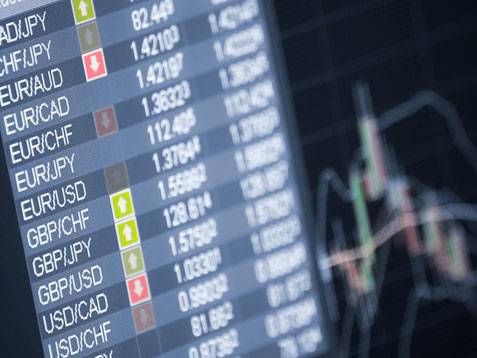Throughout his tenure, Federal Reserve Chair Jerome Powell has used the central bank’s annual research conference in Jackson Hole, Wyoming, as a platform for decisive messages. In 2022, he pledged to fight inflation at any cost, while last year he reaffirmed his commitment to supporting the labor market with promises of rate cuts as unemployment appeared to be rising.
But in his farewell address to the conference this year, before his term ends in May, Powell faces a difficult choice between the two paths, as conflicting economic signals have complicated his “data-dependent” strategy. Some indicators point to slowing growth, while others highlight persistent inflation risks. With colleagues divided over which threat is greater — inflation or unemployment — investors and the Trump administration strongly expect the Fed to cut rates at its September meeting.
What may prove more important than the cut itself, however, is how Powell frames the next steps in assessing an economy that shows signs of slowing in some areas yet resilience in others, with renewed hints of price pressures. Despite his adaptability, Powell may be forced to remain squarely between the Fed’s dual mandates: price stability and maximum employment.
Richard Clarida, former Fed vice chair and now global economic advisor at PIMCO, said: “The Powell I know wants to be data-dependent and not move too early. If there is a cut in September, the real challenge will be communication: is it a one-off, or the start of five or six cuts? Even if they want to cut, the messaging will be tough.”
Powell’s speech, set against the backdrop of the Grand Teton mountains near Jackson Hole, will close out an eventful eight-year tenure marked by an unprecedented pandemic response, a wave of inflation that triggered record rate hikes, and personal criticism from President Trump.
In 2022, Powell invoked the legacy of former Fed Chair Paul Volcker, vowing to crush inflation “whatever it takes,” even at the cost of jobs and growth. Today, he faces pressure to emulate Volcker’s successor Alan Greenspan, whom Powell has often cited in Jackson Hole, by looking beyond inflation signals and steering rates back to a “neutral” level near 3%, down from the current 4.25%–4.5%. That level is no longer restrictive to growth and would be appropriate if policymakers feel confident inflation is returning to the 2% target.
Looking Ahead
Inflation remains about a percentage point above target, with signs it could rise further. Still, the Trump administration argues that the risk of sustained price growth is limited and will be offset by regulatory rollbacks and productivity gains.
Treasury Secretary Scott Bessent criticized the Fed, saying: “They are trying to be more data-dependent, and I think that’s a mistake,” noting that such an approach forces policymakers to wait for confirmed disinflation, while Greenspan in the 1990s “was forward-looking,” betting on a productivity surge that ultimately helped tame prices.
Fed Governor Christopher Waller, seen as a leading candidate to succeed Powell on Trump’s shortlist, has made similar arguments for downplaying tariff-driven inflation risks. He has called for immediate rate cuts to protect a softening labor market, in contrast to colleagues urging more caution.
Powell himself has so far aligned with this cautious camp. From the start, he emphasized acting on real data rather than models or forecasts, ready to move swiftly if needed but always with restraint. While this approach helped avoid premature mistakes, it left him vulnerable to lagging responses, given the delays in monetary policy effects and the risk of later data revisions. Indeed, the Bureau of Labor Statistics recently slashed prior job growth estimates for May and June in a historic downward revision, bolstering Waller’s case that the labor market is weaker than it appears.
Clearing Fog?
With growth slowing to around 1%, administration officials such as Bessent now stress that the broader data picture is weaker than last September, when Powell supported jobs with a half-point cut. They ask: if the economy is weaker, why not cut now?
They also point to contradictions between the “data-dependent” slogan and the Fed’s decision to halt rate cuts earlier this year over future tariff concerns. Trump’s tariffs came in far higher than expected, and while the fallout has not been as severe as some economists warned, the Fed has only recently expressed more confidence about the outlook.
Richmond Fed President Thomas Barkin said: “The fog is clearing,” suggesting greater clarity in economic projections.
Powell must now define how far that fog has lifted — whether conditions justify a sustained cutting cycle, a single cautious move, or continued patience.
What sets the backdrop apart from last year is that rates are already lower and less restrictive, equity markets are buoyant, unemployment remains steady, while inflation — which was falling month by month then — has recently shown little improvement and even signs of rising again.
Even Waller, who advocates rapid easing, acknowledged: “If I’m wrong about inflation or labor market weakness, we can hold policy steady for a meeting or two.”


